
The air you breathe at home matters more than you think. Simple changes can refresh your space into a haven of fresh, clean air. Eliminating hidden allergens and choosing natural solutions will make a visible difference in the quality of your indoor environment.
Keep Your Floors Clean
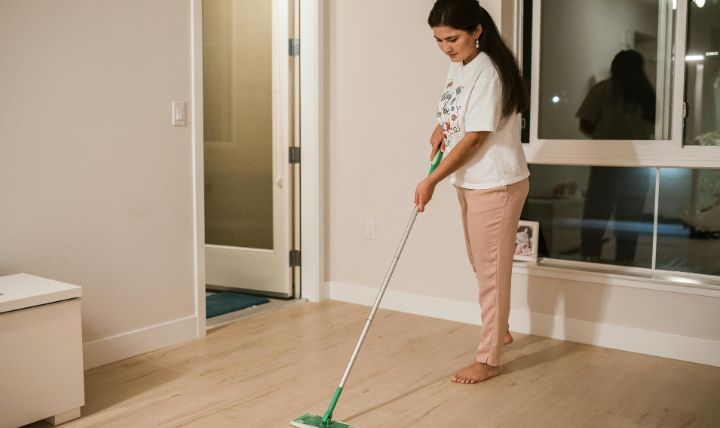
Dust and allergens love to settle on floors. Vacuuming regularly with a HEPA filter ensures these tiny particles don’t linger and affect the air quality. Hardwood or tile floors should be mopped weekly to remove dust and other irritants. By keeping surfaces tidy, it will dramatically enhance the quality of air inside your home.
Let Fresh Air In

Opening windows daily is one of the easiest ways to refresh indoor air. Even during colder months, just a few minutes of aeration helps to remove stale air and bring in oxygen-rich outdoor air. Fresh air helps to purify the air and makes it feel lighter and fresher.
Houseplants Are Nature’s Filters
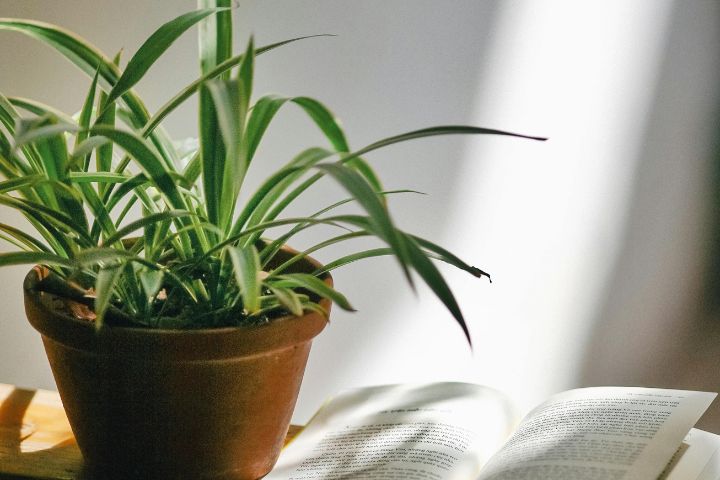
Houseplants like spider plants, peace lilies, and snake plants contribute to better air quality by taking in toxins such as formaldehyde and carbon monoxide. While they provide some benefits, houseplants alone won’t completely purify indoor air, so they work best alongside other air-cleaning methods.
Use an Air Purifier
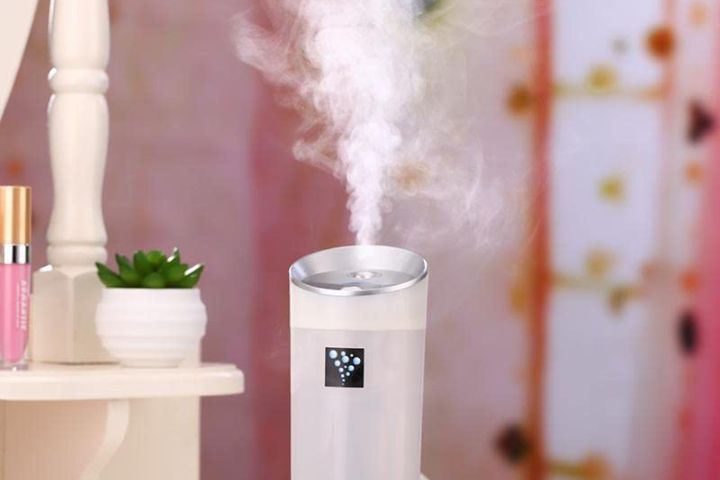
Air purifiers, especially those with HEPA filters, can trap harmful particles like pollen, pet dander, and smoke. For the best results, place the cleaner in rooms you spend the most time in, such as the bedroom or living room. Regular filter replacement ensures efficiency in maintaining fresh air.
Control Humidity Levels

Excessive humidity encourages the rapid growth of mold and household mites. Using a dehumidifier to maintain a 30-50% humidity level helps inhibit their spread. It maintains fresher air within your living space and lowers irritants that impact your respiratory health.
Avoid Synthetic Fragrances
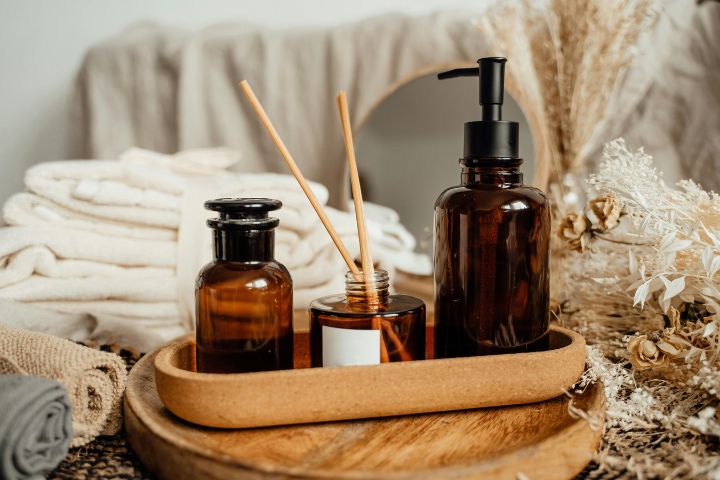
Air fresheners, candles, and cleaning products often contain chemicals that can worsen indoor air. Switch to natural alternatives like essential oils or unscented cleaners to keep hazardous volatile organic compounds (VOCs) out of your home environment. This simple switch lowers pollution inside your residence.
Regularly Change HVAC Filters
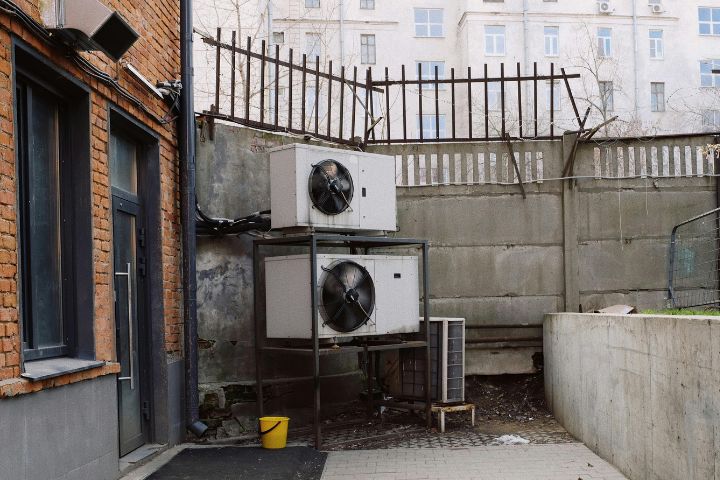
Heating and cooling systems move air around your home, but when filters become dirty, they collect dust, pollen, and other particles, lowering air quality. For cleaner air and improved system efficiency, you should change HVAC filters every 90 days or more often in homes with pets.
Use Natural Cleaning Products
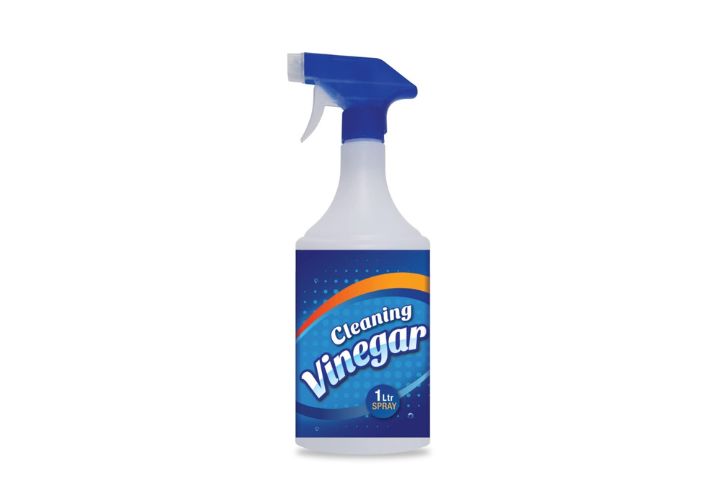
Harsh chemical cleaners release harmful fumes that linger in the air. Switching to natural, non-harmful cleaning products reduces the number of chemicals in your home. Simple solutions like vinegar, baking soda, and lemon juice can be just as effective while keeping the air safer.
Wash Bedding Regularly
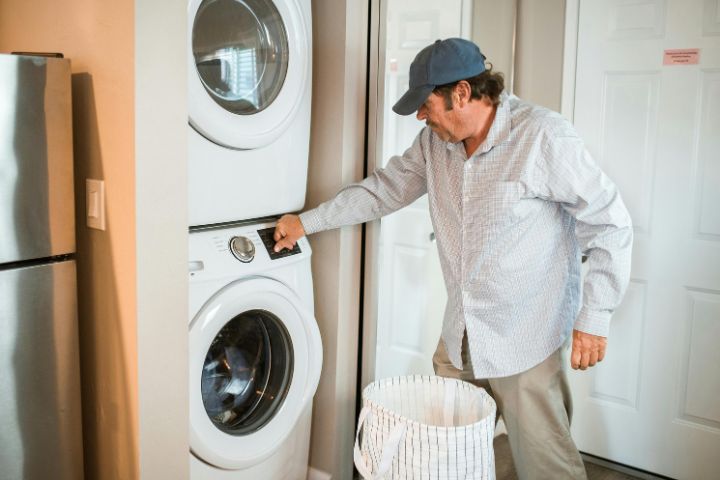
Bedding often becomes a favorite hiding spot for dust mites, which can cause allergic reactions. When you wash your sheets, pillowcases, and blankets in hot water weekly, it eliminates these tiny pests. Hypoallergenic pillow covers can also help reduce dust mite exposure. Clean bedding keeps your air cleaner, too.
Prevent Mold Growth

Damp spaces such as bathrooms and basements provide an ideal environment for mold to grow. Installing exhaust fans, fixing leaks, and using a dehumidifier can help prevent mold growth. Frequently sanitizing these areas with eco-friendly solutions such as vinegar stops fungal spores from spreading through the air.
Maintain Proper Ventilation
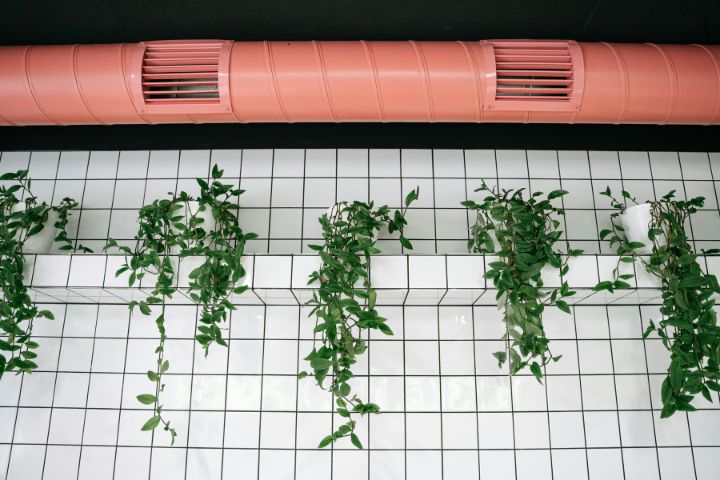
Good ventilation reduces indoor pollutants, especially in kitchens and bathrooms. Range hoods and bathroom fans can help remove cooking fumes and moisture from showers. Properly ventilated rooms stop the accumulation of dangerous pollutants and maintain fresh air.
Use Beeswax Candles

When burned, traditional paraffin candles can release harmful chemicals into the air. Beeswax candles offer a healthier alternative, burning cleaner and producing fewer toxins. Although the idea that beeswax emits negative ions is still debated, it’s widely considered a better option for maintaining a fresh atmosphere at home.
Cook with the Right Oil

The combustion of high-heat cooking oils, such as vegetable oils, can produce harmful fumes. Switching to oils with a higher smoke point, such as avocado oil, will reduce these emissions. Proper ventilation when cooking further minimizes the release of pollutants.
Limit the Use of Carpets
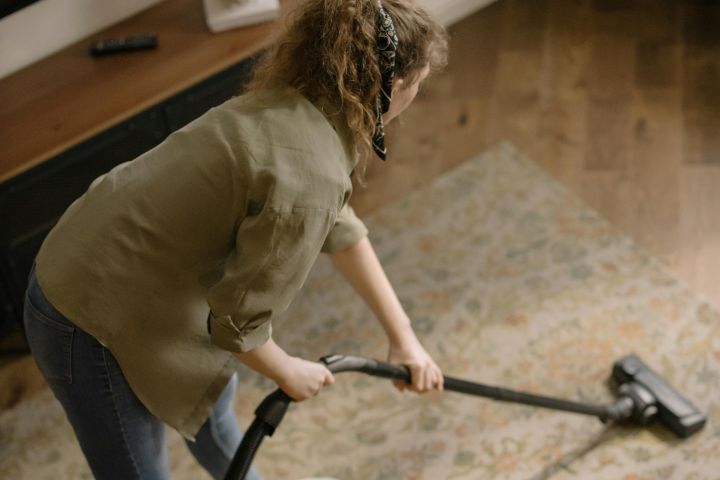
Carpets are notorious for trapping dust, dirt, and allergens. When you reduce the amount of carpeting in your home or opting for low-pile carpets, it makes it easier to keep floors clean and improves air quality. Thorough routine upkeep also helps eliminate irritants embedded in the fibers.
Test for Radon Levels
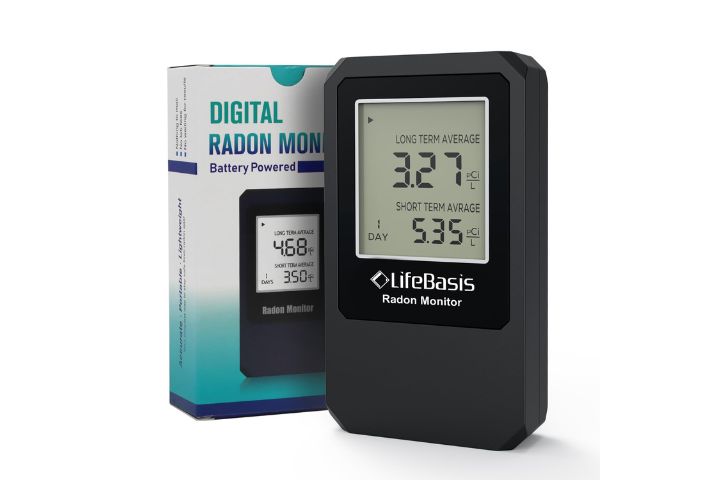
This radioactive gas, which lacks color and odor, can find its way into homes through the foundation. Long-term exposure to high levels can cause serious health issues, including lung cancer. Testing for radon with affordable home kits is a proactive way to ensure your air remains safe and clean.

